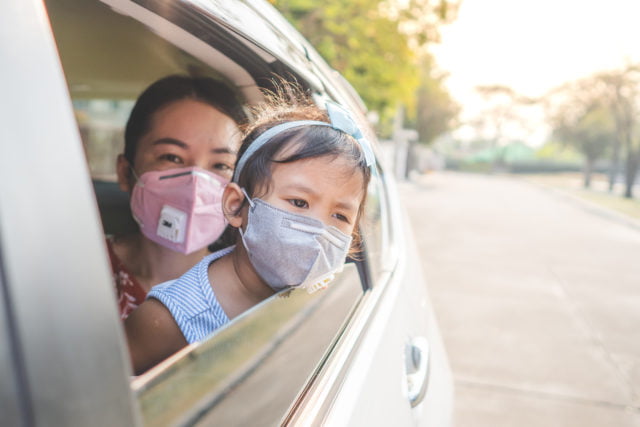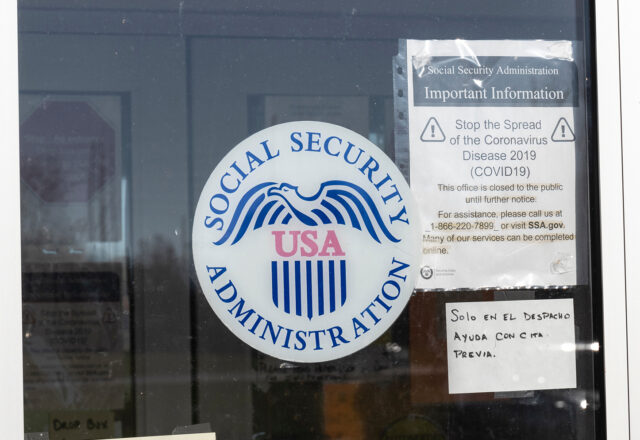
Families First Coronavirus Response Act
$192 billion
(enacted March 18, 2020)
Summary Prepared by the Center for Retirement Research at Boston College
Emergency Paid Sick Leave
The government will fully reimburse (through tax credits) employers, with less than 500 employees, for the cost of providing eligible workers up to two weeks of emergency paid sick leave.1Workers are eligible if they are unable to work due to quarantine or isolation related to the coronavirus, or are experiencing symptoms of the virus and are seeking a diagnosis. They are also eligible if they are caring for an individual who is under quarantine or isolation, or for a child whose school or day care center is closed or whose regular child care provider is unavailable due to the virus. Employers of health care providers or emergency responders may exclude such workers from the paid sick leave requirements; and employers with less than 50 workers may apply for a waiver to exclude their workers. Workers claiming due to their own health receive their regular rate (up to $511 per day and $5,110 total). Workers claiming as a caregiver are paid at two-thirds their regular rate (up to $200 per day and $2,000 total).
Emergency Family and Medical Leave Act (FMLA) Expansion
The government will fully reimburse (through tax credits) employers (with less than 500 employees) the cost of providing eligible workers up to an additional 10 weeks of paid leave (under the FMLA) to care for a child whose school or day care center is closed or whose regular child care provider is unavailable due to the virus.2In total, an eligible worker can take up to 12 weeks of leave to care for a child, since workers may use emergency paid sick leave for the first two weeks. The potential worker exclusions are the same as for emergency sick leave. Workers claiming such leave are paid at two-thirds the regular rate (up to $200 per day and $10,000 total).
Unemployment Insurance
Supplemental funding is provided to states to cover processing and payment of unemployment insurance, including special provisions for states with high unemployment when benefits have already been exhausted.
COVID-19 Testing
All private health insurance plans are required to provide free COVID-19 diagnostic testing. (Many health insurance plans already provide this coverage.) And funds are provided to government health insurance to provide COVID-19 testing, including programs for children, active military, veterans, and Native Americans.
Medicaid Match Rate
States can receive a temporary increase – of 6.2 percentage points – in the federal matching rate for Medicaid. This increase aims to help cover the broad health and economic effects of the crisis.
Food and Nutrition
Funds are provided to boost food security through the Women, Infants, and Children (WIC) program; an
emergency assistance food program; the Supplemental Nutrition Assistance Program; and grants to U.S.
territories.
Endnotes
- 1Workers are eligible if they are unable to work due to quarantine or isolation related to the coronavirus, or are experiencing symptoms of the virus and are seeking a diagnosis. They are also eligible if they are caring for an individual who is under quarantine or isolation, or for a child whose school or day care center is closed or whose regular child care provider is unavailable due to the virus. Employers of health care providers or emergency responders may exclude such workers from the paid sick leave requirements; and employers with less than 50 workers may apply for a waiver to exclude their workers.
- 2In total, an eligible worker can take up to 12 weeks of leave to care for a child, since workers may use emergency paid sick leave for the first two weeks. The potential worker exclusions are the same as for emergency sick leave.






